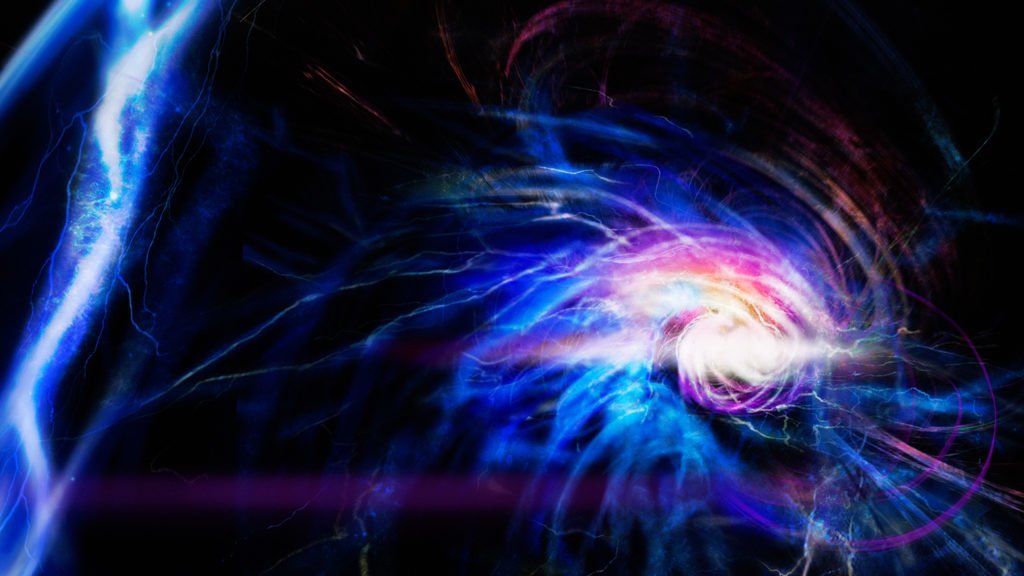Rare ball lightning has always been an uncanny sight for those who have witnessed it, and they are rare. Furthermore, this rare and rather strange phenomenon has always evoked curiosity in scientists – what could it be? Ball lightning will likely appear during the night when thunderstorms occur, and to those who have seen it, the lightning resembles small, bright spheres. Although there were some theories to it, it has always remained a mystery about what those bright spheres really were. Now, a group of physicists have conducted an experiment in which they modeled the ball lightning in the laboratory. What makes it even more interesting is that, while conducting this experiment, scientists were observing another phenomenon for the first time.
The discovery of the scientists is dubbed the Shankar skyrmion. This three-dimensional magnetic field is formed in a Bose-Einstein condensate. Those are, in fact, systems of atoms, rubidium atoms, particularly for this experiment. With those atoms, scientists are able to make use of odd quantum effects, enabling them to create a phenomenon which is quite difficult to study. Using quantum particles, scientists can develop magnets with only one pole, Rydberg polaron, and knotted magnetic fields, which are essential for this experiment.
They published their findings on Friday in the journal Science Advances.
“That’s the great thing about these quantum gases—you can take photos of them and see the details of the structure,” study author Mikko Möttönen, from Aalto University in Finland, told Gizmodo. “We’re absolutely sure it’s the [three-dimensional] skyrmion that we’ve seen.”
According to the physicists, the skyrmion quasiparticle is capable of modeling the electric and magnetic fields of rare ball lightning, which surprised them. “The biggest moment was when we realized we got the same electromagnetic fields as predicted for ball lightning,” Möttönen told Gizmodo.
In order to conduct their experiment, scientists considered the property of the particles called spin. They used an external magnetic field on a Bose-Einstein condensate to arrange the rubidium atoms’ spin to be in a certain configuration, so that they would “all face the same way along the surface of a ball, but twist in a peculiar way inside the ball.”
Scientists were able to arrange the rubidium atoms in several configurations that are allowed in the skyrmion. However, they needed to follow two rules: “Each magnetic field line is a circle and linked with every other line once, and if you follow circular paths that maintain the same spin direction inside of the skyrmion, the atom will twist twice.”
Nevertheless, the discovery is extremely exciting, mostly because no one has ever been able to give a proper explanation for rare ball lightning which occurs with thunderstorms. “We knew this was going to be a big result because it’s never been seen before,” Möttönen said, “but then on top, we got this analogy to the ball lightning – which was great.”












